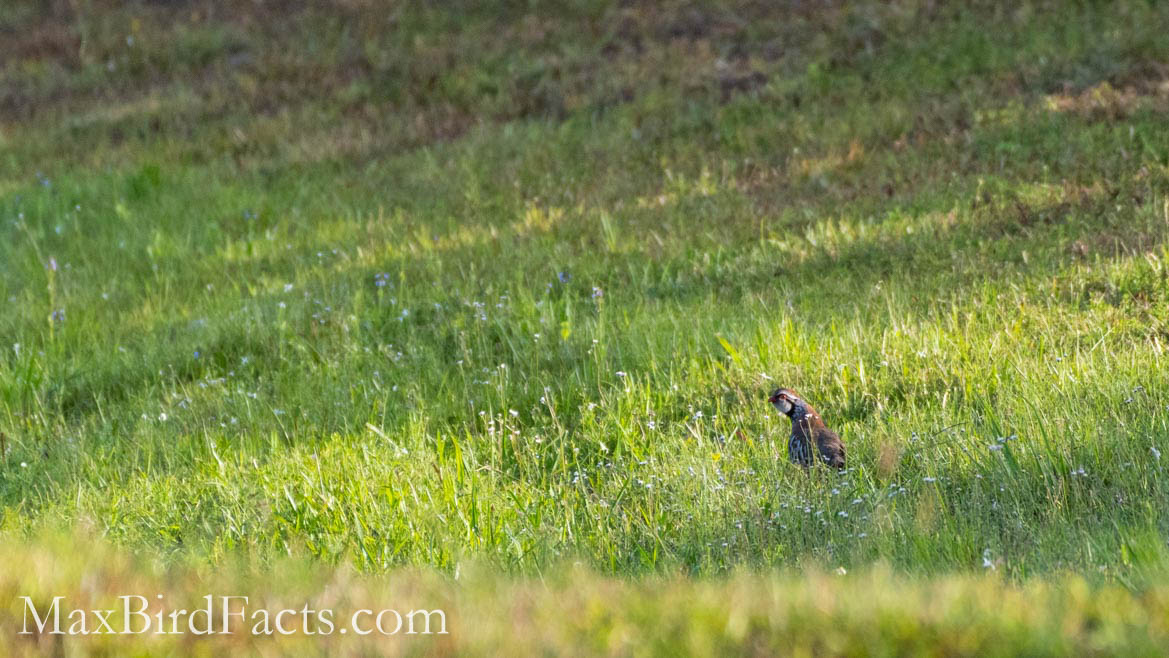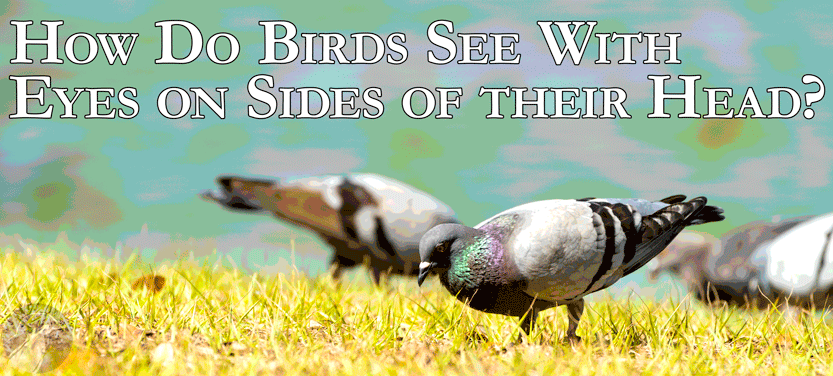Birds with eyes on the sides of their head might save their lives, and most avian species have eyes primarily set on the sides of their heads. This placement gives birds monocular vision.
Monocular vision is essentially the sensory input provided by a single eye. Binocular vision is where the paths of both eyes overlap.
Monocular vision isn’t great for depth perception or detail, but it can save a bird’s life by giving them a few extra moments to see a potential threat before snatching them up. Binocular vision allows birds to hone in on the seed they are pecking for, the ant hiding between pieces of bark, or the mouse hiding in tall grass.
Most birds don’t need super fine-detailed monocular vision at long distances, and just a few feet or yards in front of their beak is more than enough. That said, birds have one of the most well-developed optic lobes in the animal kingdom, so it isn’t as if they are near-sighted.
The best way to think of it is monocular vision provides the bird’s peripheral vision, while binocular gives the detailed image.
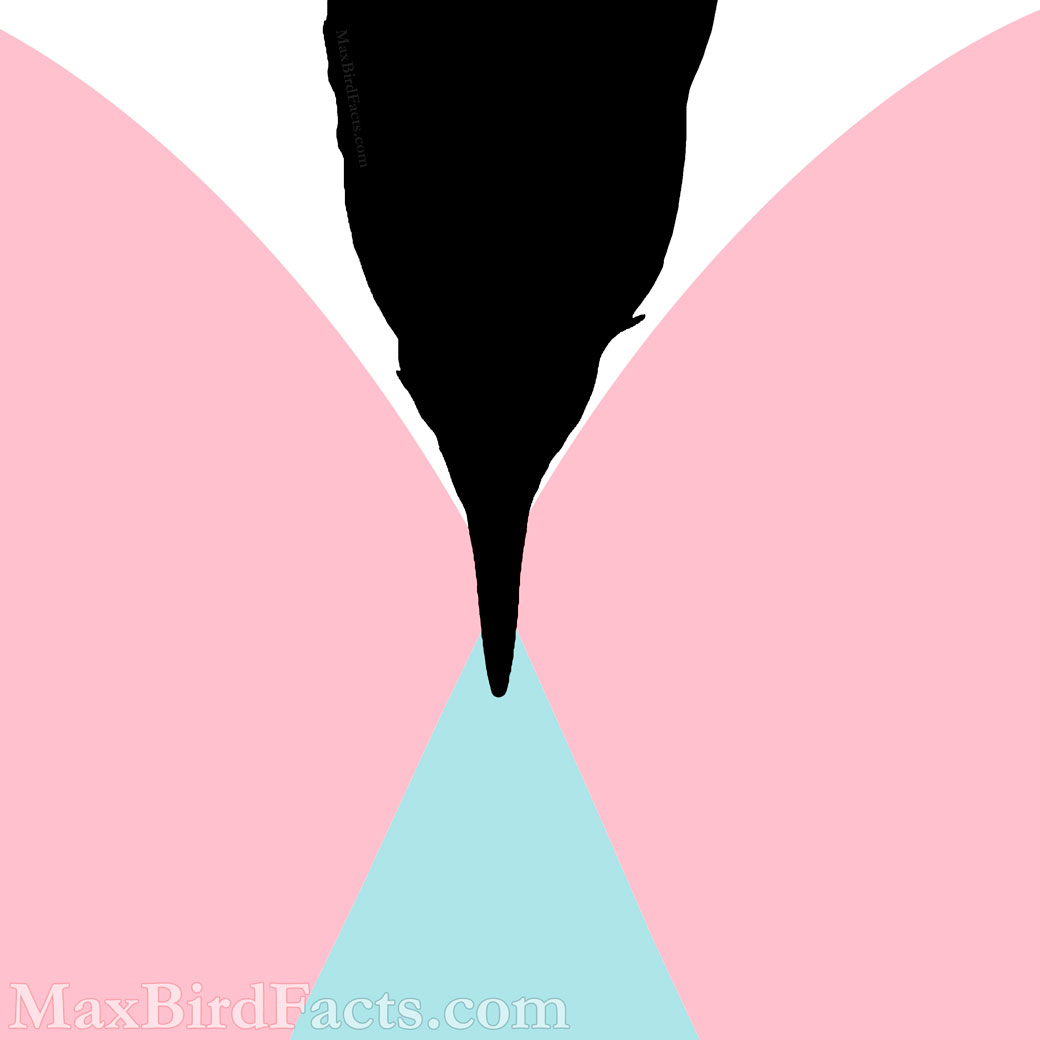
So, why would certain species have more monocular than binocular vision? We as humans have primarily binocular vision, with our monocular or peripheral ending around our ears, so why don’t other animals share the same eyesight?
It all comes down to the selective pressures and niches each species occupies.
Why Do Birds Have Eyes On The Sides Of Their Head?
Monocular vision is widespread among all animals, especially “prey species.” I mean that these species are primarily herbivorous and heavily targeted by predators.
The need for eyes on the side of the head came because of the pressure imposed by predators. Throughout millions of years, species that could see a predator coming sooner were more likely to survive and pass on their genes. One of the primary factors that allowed these animals to survive was an increased monocular or peripheral vision range.
As an animal’s head is down to graze or forage, it still needs to spot an incoming predator. If that grazing animal had highly developed binocular vision to look at each blade of grass it was eating, it would be an easy target for a predator to sneak up on. However, suppose that animal had enough binocular vision to know what kind of plant it was eating and better monocular vision to see a wide area. Then, that animal will stand a better chance of spotting danger before it’s too late.
Think of Plains Zebra hunted by African Lions in Africa, Elk or Mule Deer stalked by Gray Wolves in North America, and Capybara chased down by Jaguars in South America. We commonly associate these “prey species” with mammals, but they also occur in birds, reptiles, amphibians, and fish.
Raptors hunt many smaller birds, one of the most common being Rock Pigeons (Columba livia). Since they travel in large flocks, they are very tempting for Peregrine Falcons in urban environments. However, these numbers are the pigeon’s advantage.
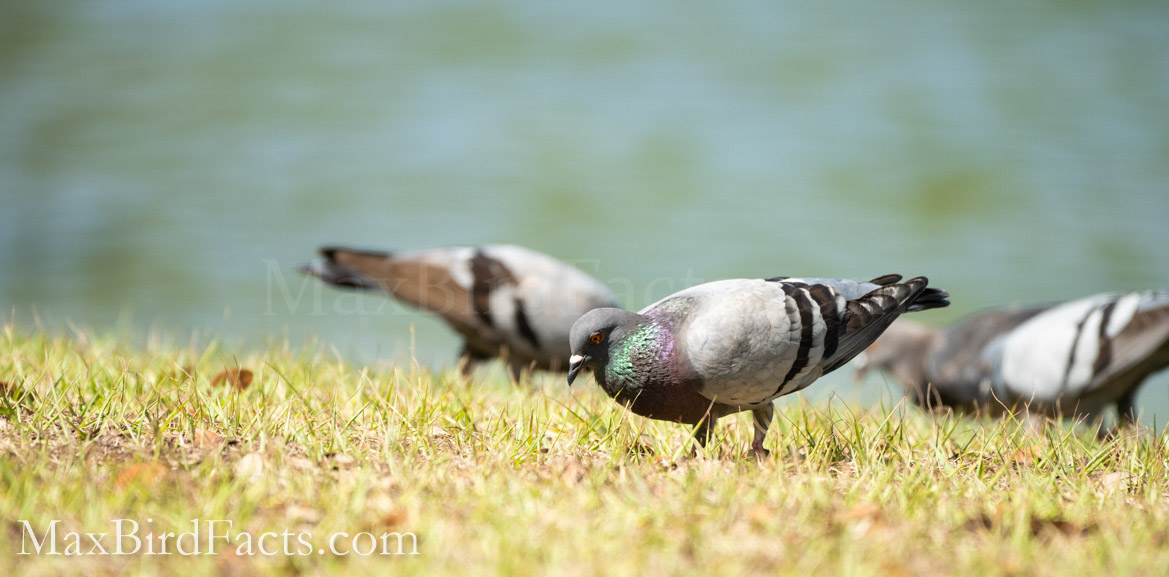
The more eyes there are in a group, the better the survival chance of each individual. This would be a case of altruism, where an animal lowers its fitness for the group’s betterment.
Some pigeons will stand watch while others will peck at the ground for insects and seeds. These guards will be cycled, allowing them to be replaced by another individual to have their turn at feeding.
Aside from the watch guards, there is safety in numbers. For example, a large group of meandering birds makes it difficult for a raptor to hone in on a single target. The same is valid once the birds take flight; if they stay in a tight formation, it is challenging for the predator to make a kill.
But, again, why wouldn’t the birds try to have better binocular vision to see the predator when they are coming? That is simple, if they can see the predator coming, that predator has already failed.
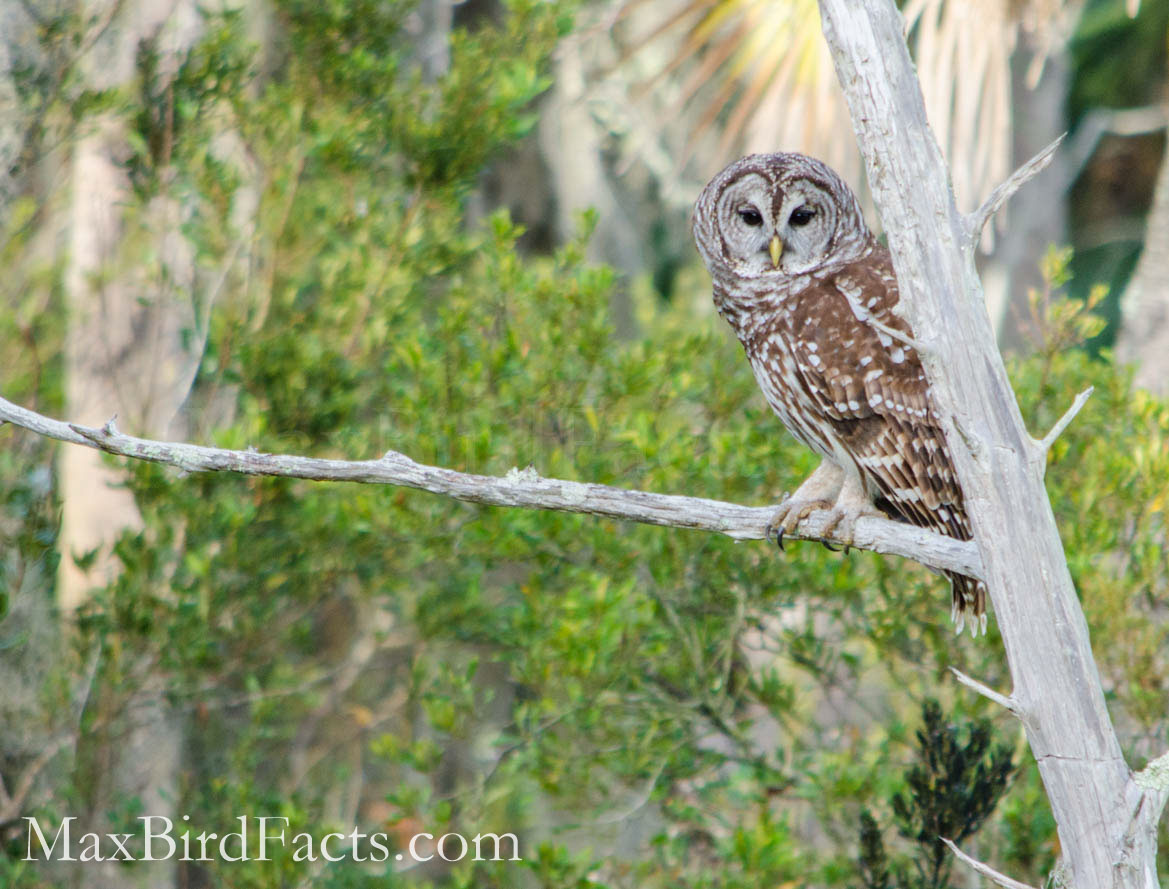
Birds are not easy targets, and one of the only ways a predator can hope to have a successful hunt is to try and surprise or ambush their prey.
Think of our example of the grazing animal from before. All that animal needs binocular vision for is to know it isn’t eating a poisonous plant or about to step on something that would harm it.
It is far more critical for that animal to see movement in the grass surrounding it or a shadow soaring overhead. Both cases could be a false alarm, but it is worth more for that animal to be skittish at any movement than someone’s dinner.
What Causes Monocular And Binocular Vision
Simply choosing which type of vision an animal has isn’t as simple as putting a label on it. The amount of monocular and binocular vision is heavily influenced by the shape of the animal’s skull and how complex their eyes are.
Sight also can’t be shown in just a simple two-dimensional plane, like in the graphic at the start of this article. Depending on where the bird’s eyes are on its head, that animal could have nearly a full 360-degree view of its world.
The American Woodcock (Scolopax minor) has an incredibly adapted skull to see nearly anything and everything around it. Unfortunately, these birds are notoriously hard to find, and if you do get a glimpse, it will only be for a fraction of a second.
A woodcock’s skull is a fascinating piece of evolution, where the eyes are set near the top and back of the bird’s head. This placement allows these birds to see nearly a perfect dome of monocular vision and provides binocular overlap both in front of and behind their head. Meaning the American Woodcock can see a detailed image of whatever is trying to sneak up behind it.
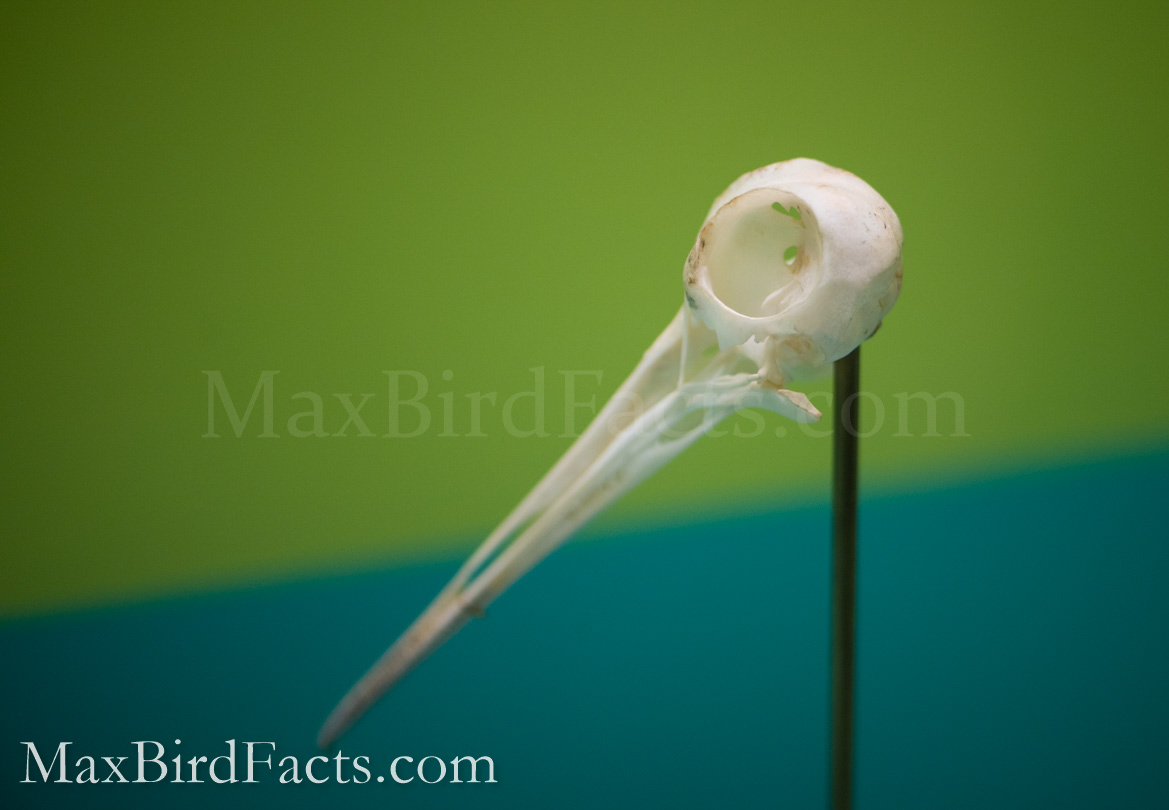
Like many other sandpipers, the woodcock must be acutely aware of their surroundings because they spend a lot of time on the shallow shorelines of ponds, rivers, and lakes probing at the damp soil for whatever they can find.
Again, these animals utilize safety in numbers like the pigeons. It is infrequent to visit the beach and spot a single Sanderling (Calidris alba) or Willet (Tringa semipalmata). When a predator arrives, these small shorebirds are very much in the open and have no cover to retreat to.
Because of this, they will almost always travel in flocks, typically mixed with other plovers and sandpipers. And since each bird is looking for predators, so they aren’t eaten (selfish behavior), they inevitably will signal to their compatriots that danger is near when spotted (pseudo-altruism).
One thing that is shared between the majority of the sandpipers is their laterally compressed (flattened) skulls and high-positioned eyes on their head. These adaptations give our probing birds the broadest field of peripheral view possible while also allowing them to have an excellent point of binocular vision.

One surprising benefit birds gain from their beak is the lack of obstruction it causes in their vision. Think about this, a horse’s eyes are on the sides of its head. Growing up with horses, I was taught that you never want to stand directly in front of or behind a horse since it cannot see you, and the horse will likely kick you.
This always surprised me because how could an animal not see directly in front of it? I won’t go too far in-depth with this, but the amount of structure between the eyes on the sides of the head blocks the horse from having much to any binocular vision. This can hinder navigating through dense forest, but not so when you’re galloping 30 miles per hour in an open prairie, which is their natural habitat.
On the other hand, birds typically have a very narrow bill protruding from their skull that is reasonably easy to look past. Even species with eyes on the sides of their heads, like the American Woodcock, can easily see directly in front of and beyond their bill.
This thin profile allows nearly every bird species to have pin-point accuracy at the tip of their bill at the absolute minimum. Obviously, there are outliers like the Roseate Spoonbill (Platalea ajaja), having a very broad tip to their beak that would make it hard to see past. However, this is addressed by sensory organs around the bill that they use when sweeping through the murky water looking for prey.
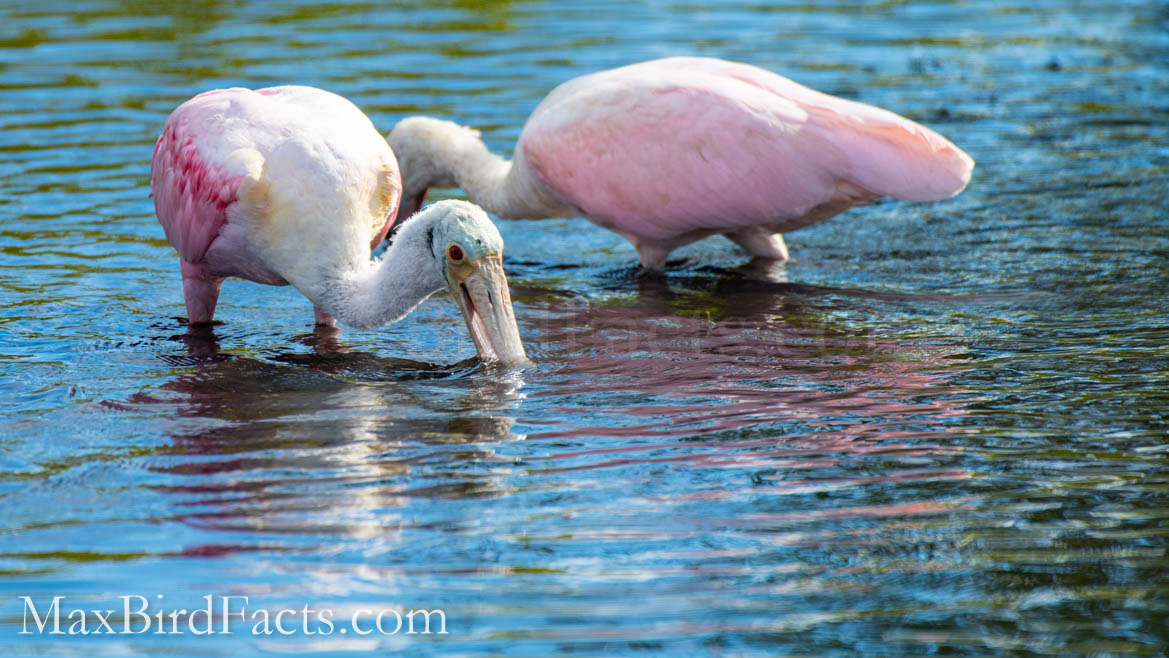
Birds See With Eyes On Side Of Head Using Monocular Vision
Like I said at the start of this article, the majority of avian species tend to favor a more monocular approach to eyesight.
Additional “prey species” like ducks, geese, pheasant, quail, and even songbirds show a strong tendency of a broad monocular range and a narrow binocular field.
This happy medium allows these species to have somewhat the best of both worlds. Yes, they don’t possess the 360-degree view that the woodcock has or the pinpoint accuracy found in owls, but they can easily spot the food they need while also being aware of potential dangers.
Just because an animal’s anatomical setup is different from ours doesn’t make it any less complex or fascinating; I would argue it makes it even more enthralling.
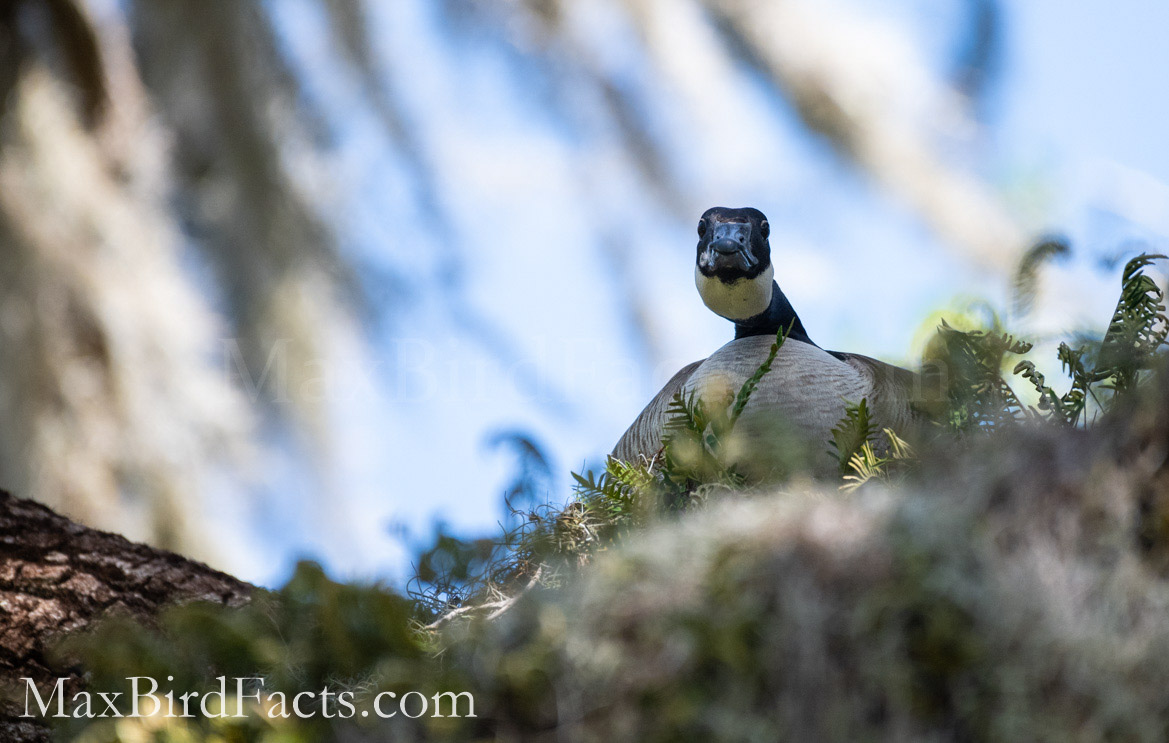
Back to our first species of discussion in this article, the humble Rock Pigeon, they can see all but the tiniest sliver behind them. Yet, this overly familiar bird never ceases to amaze me with its hidden gems of behavior, anatomy, and physiology.
Try and find something new to learn about a species you might see every day. I’ve been trying that lately, and it has been so much fun.
This article specifically had me researching and digging up old photos from museums and Ornithology labs that I had mostly forgotten. I didn’t realize I had taken a picture of an American Woodcock skull until I started scrolling through my museum shots and saw it.
Anyways, I really hope you enjoyed reading this article. If you have any suggestions for future ones or other topics you’d like to read about, please feel free to leave a comment below or shoot me an email!
Get Outside & Happy Birding!!!
Max
